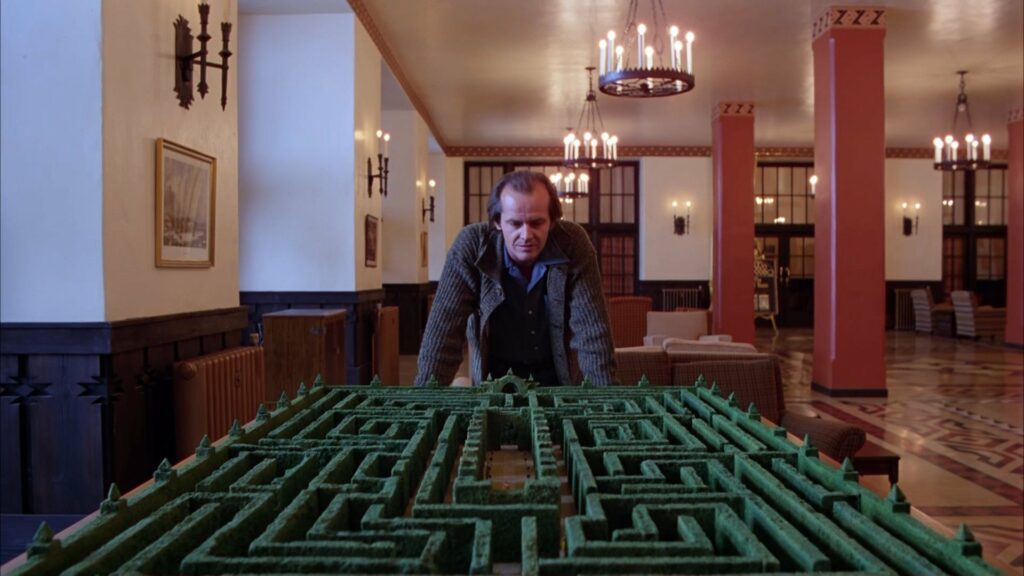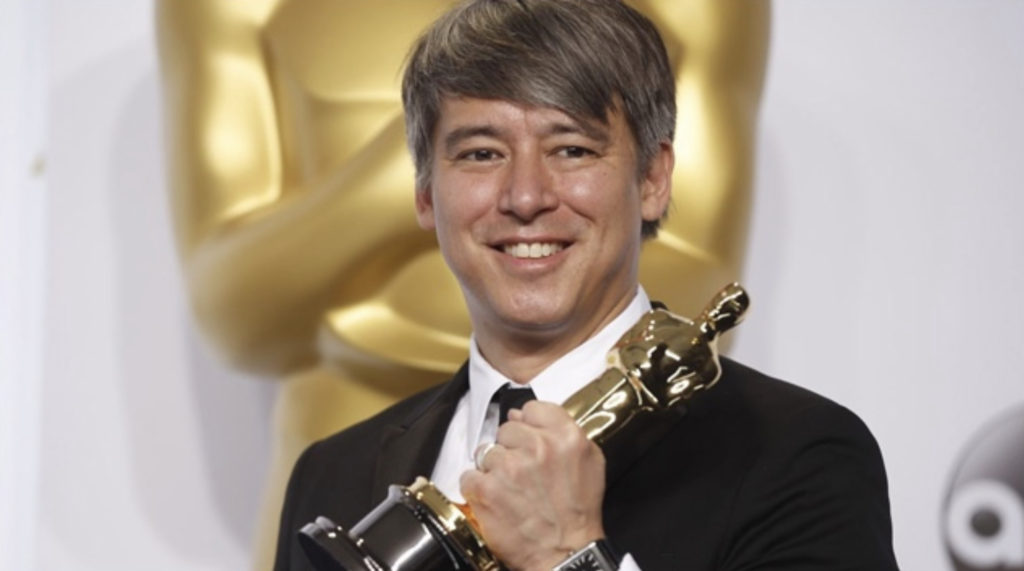Job description- A film composer writes the score, which is the sum of all the original music going into a film. They’ll demo pieces of the score regularly to the film’s creative team for feedback on how it’s fitting into the scene. Film composers are also responsible for the recording of the film score. Composing can also be used as a storytelling device which carries themes and leitmotifs.
Inspirational professional- Hans Zimmer
Hans Zimmer has excelled mix electronic sounds with traditional orchestral arrangements, thus achieving a dynamic fusion and even tension, as well as the rhythm. Hans Zimmer has composed one of his best works for the film of Christopher Nolan. The music that surrounds the film is beautiful and inspiring, making the viewer feel the emotions that Nolan wanted to convey with the film.
”Anything can become a musical sound. The wind on telegraph wires is a great sound; get it into your machine and play it and it becomes interesting”- Hans Zimmer















